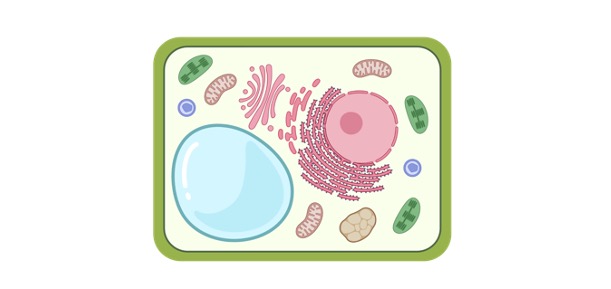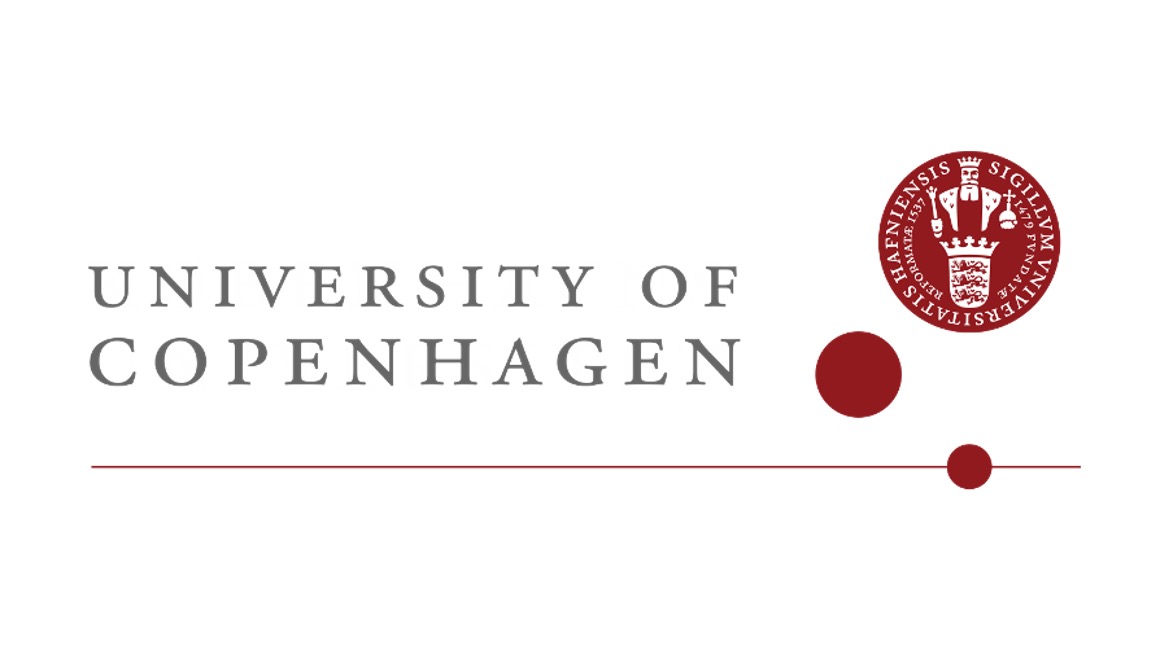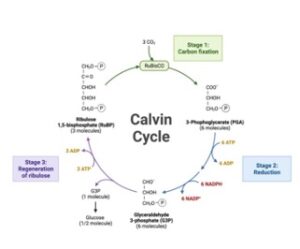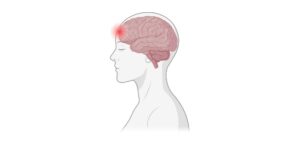Table of Contents
Nucleus Definition
Nucleus is an organelle floating in the cellular cytoplasm which contains chromosomes. Anucleate cells are the ones that lack a nucleus. Apart from this, nucleus is also referred to as the central kernel of a seed. In the brain and spinal cord, a group of cell bodies of nerve cells is also termed as nucleus.
In Physics, however, nucleus is a positively charged center in an atom which usually consists of protons and neutrons. In Meteorology, a particle on which water vapor molecules accumulate eventually to form water drops or ice crystals is termed as a nucleus. In Astronomy, a nucleus is the brightest part of a galaxy or center of the head of a comet.
Nucleus Etymology
The term nucleus was coined from the Lain word nucleus, which means “kernel” or “core”. The term Nuclei is the plural form and Nuclear means something related to the nucleus.
What is Nucleus?
Nucleus is the large, cytoplasmic, membrane-bounded cell organelle containing linear DNA molecules as genetic material. The linear DNA molecules are packed into chromosomes and acts as the control center of the cell because it contains genetic material that code for vital cellular functions.

Nucleus controls various activities of the cells like growth, metabolism, and reproduction by regulating gene expression. Thus it maintains the integrity of DNA. In the mammalian cell, nucleus is the largest cell organelle with an average diameter of 6µm. Normally, cells have one nucleus but, human RBCs lack a nucleus while osteoclasts have relatively more nuclei.
Nucleus vs Nucleoid
The presence of a nucleus is the characteristic feature of eukaryotes as it is absent in prokaryotes. However, prokaryotic genetic material is located in their cell in a region called nucleoid which is nucleus-like but is not bound by the nuclear envelope.
Nucleus vs Nucleolus
Nucleolus which is present inside the nucleus is a round, granular structure and not membrane-bound. It is a nucleus component sometimes known as one of the nuclear bodies. The nucleolus is composed of DNA, RNA, and protein.
The nucleus in turn consists of chromatins, nuclear bodies like Gemini of Cajal bodies, polymorphic interphase karyosomal association (PIKA) domains, perichromatin fibrils, promyelocytic leukemia protein (PML) bodies splicing speckles, paraspeckles, nucleoplasm, and nuclear membrane.
The main function of the nucleolus is to synthesize ribosomes for protein synthesis, while gene regulation is the main function of the nucleus. In higher eukaryotes, fibrillar center, the dense fibrillar component, and the granular material are the components of nucleolus. Functions of these components are:
- Fibrillary center: transcription of the rDNA
- Dense fibrillary component: contains fibrillarin protein which helps in rRNA processing
- Granular component: contains nucleophosmin protein which is associated with ribosome biogenesis.
Nucleus Parts and Function
As mentioned before, the nucleus is a double-membraned organelle that is comprised of the following main components: nucleolus and other chromatins (i.e., chromosomes), nuclear bodies, nucleoplasm, nuclear matrix, and nuclear envelope.
i. Chromatin and Chromosomes
Complex of DNA, RNA, and proteins such as histones is known as chromatin. During cell division, Chromatin condenses to form chromosomes. A nucleosome is the basic structure of chromatin. In each nucleosome, a DNA segment is wrapped around the histone protein cores.
Chromatin does packaging DNA segment into a smaller volume so that it can fit inside the cell. Euchromatin and heterochromatin are two major kinds of chromatin. Euchromatin allows transcription and replication, hence it is structurally loose while heterochromatin is comparatively more condensed and hence it is less active.
ii. Nuclear DNA
A large fraction of the cellular genome is a part of nuclear DNA, a small fraction being extranuclear DNA in the chloroplasts (cpDNA) and/or mitochondria (mtDNA). A cell usually contains several copies of cpDNA and mtDNA while only one copy of nuclear DNA compacted into chromatin structures.
iii. Nuclear Bodies
Nuclear body is the non-membrane protein-rich structure inside the nucleus. Nucleolus is the most prominent nuclear body. It has a round granular appearance and its function is ribosome synthesis. Oher nuclear bodies are Gemini of Cajal bodies, polymorphic interphase karyosomal association (PIKA) domains, perichromatin fibrils, promyelocytic leukemia protein (PML) bodies splicing speckles, paraspeckles, nucleoplasm, and nuclear membrane. Nuclear bodies may be categorized into simple nuclear bodies (type I and type II) and complex nuclear bodies (type III, type IVa, and type V).
iv. Nuclear Matrix
The nuclear matrix is similar to the cytoskeleton in the cytoplasm. Due to its fibrillar network, the nuclear matrix provides structural support to maintain the size and shape of the nucleus. However compared with the cytoskeleton, the nuclear matrix is more dynamic. It includes the nuclear lamina that is a dense fibrous network juxtaposing the nuclear envelope.
v. Nucleoplasm
The protoplasm in the nucleus is referred to as the nucleoplasm and is analogous to the cytoplasm of the cell. It contains various materials such as chromosomes, nuclear bodies, and nuclear matrix). Nucelosol is the fluid component of the nucleoplasm and is analogous to the cytosol of the cytoplasm.
vi. Nuclear Envelope
The biological membrane surrounding the nucleus is known as the nuclear envelope (or nuclear membrane). It has a lipid bilayer similar to a cell membrane. Its functions are similar to the cell membrane as it regulates the entry/exit of smaller molecules and ions through nuclear pores via passive transport.
It allows the entry of selected molecules and separates the nuclear content from the cellular cytoplasm. The transport of large molecules (e.g. proteins and RNAs) occurs through an active transport with the help of carrier proteins.
vi. Lobes
Some cells have a nucleus with two or more lobes based on which it is known as bi-lobed, tri-lobed, or multi-lobed. For example, white blood cell has a lobed nucleus.
Nucleus Function
Nucleus maintains the integrity of the DNA and hence it is known as the control center of the cell. Nuclear DNA comprises of a large fraction of the cellular genome. Hence, by regulating gene expression, nucleus controls most of the cellular activities such as growth, metabolism, and reproduction During the cell cycle, the replication of DNA in the S phase is also mediated by the nucleus.
i. Gene Expression
Gene expression is the resultant of two processes: transcription and translation. During transcription, information of the gene is converted into mRNA while during translation, mRNA is translated into protein. This is how genetic information is expressed as a phenotype.
In eukaryotes, transcription occurs in the nucleus, while in prokaryotes it occurs in the cytoplasm. In this process, enzyme RNA polymerase helps in creating a DNA copy into mRNA. The enzyme moves along with the template strand from 3′ → 5′, but the coding (non-template) strand is used as the reference point. Hence, transcription proceeds in the 5′ → 3′ direction, as it occurs in DNA replication.
However, in this case transcription doesn’t need a primer to start and uses base pairing for synthesizing an RNA copy that has uracil instead of thymine. In translation, the mRNA strand is decoded to synthesize a particular amino acid sequence.
Regulators of this process i.e., rRNAs and tRNAs are synthesized in the nucleus via transcription of non-protein-coding gene sequence (skipping translation step). These regulators act as important mediators of mRNA translation.
Before mRNA translation, the pre-mRNA (newly synthesized mRNA) has to undergo post-translation medication which includes 5′ capping, 3′ polyadenylation, and RNA splicing inside the nucleus. If mRNAs do not undergo these modifications, if are moved to the cytoplasm, they are degraded instead of being translated.
ii. DNA Replication
The copying and duplication of a DNA molecule are known as DNA replication. This process happens via the semiconservative method wherein the copy contains one original strand and is complementary with a newly synthesized strand in terms of AT and GC pairing. DNA replication is the preparatory step that is very essential before cell division.
Importance of Nucleus
In animal cells, the nucleus is the largest cytoplasmic organelle. In a mammalian cell, the nucleus is the largest cell organelle with an average diameter of 6µm. Human RBCs lack a nucleus while osteoclasts have relatively more nuclei. This means that osteoclasts actively participate in gene regulation than RBCs. The RBCs lose nuclei upon maturity to provide greater affinity for gases like oxygen.
Nucleus Citations
- Compartmentalization of the nucleus. Trends Cell Biol . 2011 Dec;21(12):701-8.
- Molecular Mechanisms of Lysosome and Nucleus Communication. Trends Biochem Sci . 2020 Nov;45(11):978-991.
- The nucleus: keeping it together by keeping it apart. Curr Opin Cell Biol . 2017 Feb;44:44-50.
- Figures are created with BioRender.com













